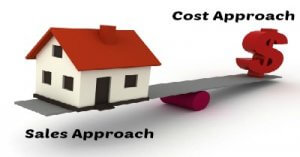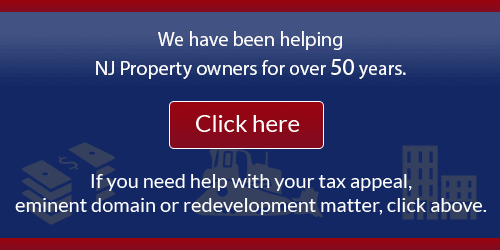Stick to the Cost Approach When Valuing Nursing Homes
In two recent decisions, the Tax Court addressed the proper valuation methodology in determining the market value of nursing/rehabilitation facilities. In 962 River Ave., LLC v. Twp. of Lakewood, the property at issue was a 126-unit, 242-bed, skilled nursing facility that provides short-term rehabilitation services, long-term care, and specialty services for Huntington Disease. Plaintiff filed a complaint in 2013 challenging the subject’s assessment, which was approximately $11 million. The building was originally constructed in 1982 but underwent significant renovations and additions which were completed in 2008. Nearly 90% of the income at the subject property is derived from residents receiving Medicaid and the remaining from either private sources and Medicare.

The court rejected the plaintiff’s income approach because there was no reliable basis for determining market income and expense at the subject property. Among other reasons, the court also found the plaintiff’s expert’s comparison of the actual income derived at the subject property to other “skilled nursing facilities” in the area as unreliable given that the expert failed to identify the patient mix at the subject to other facilities. Given the special nature of the subject property and lack of reliable sales and income data, the court deemed the cost approach undertaken by the Township’s expert as more reliable. After determining the data utilized in the Township’s expert’s cost approach sound, the Tax Court affirmed the assessment given that the value fell within the range of the Township’s common level.
The Tax Court relied on similar rationale in the trial of Excel-Care, Inc. v. Twp. of Cranford. Here, the subject property at issue was a 180-bed nursing home. However, unlike the plaintiff’s expert in 962 River Ave., plaintiff’s expert here relied on all three approaches (sales, income, and cost), while the Township’s expert relied solely on the cost approach. The court ultimately rejected the plaintiff’s sales and income approaches for similar reasons set forth in 962 River Ave. The court thus turned to each parties’ respective cost approach to determine the property’s true market value.
Here, despite both experts having utilized the same approach, their value conclusions were significantly different due to their determinations of land value. The court determined plaintiff’s expert’s land sales as more reliable because the Township’s expert relied on land sales with a highest and best use that differed from the subject property. The court stated that “defendant’s expert reach an opinion of value by calculating the replacement cost of a nursing facility, a tacit acknowledgement that he reached the opinion that the continued use of the subject property as a nursing facility represented its highest and best use. If defendant’s expert had concluded that the highest and best use of the subject was for a purpose other than a nursing facility, there would be no point in his having determined value under the cost approach based on the replacement of the existing nursing facility.” Thus, having determined that the plaintiff’s expert’s cost approach was more reliable, the court reduced the assessments accordingly.







